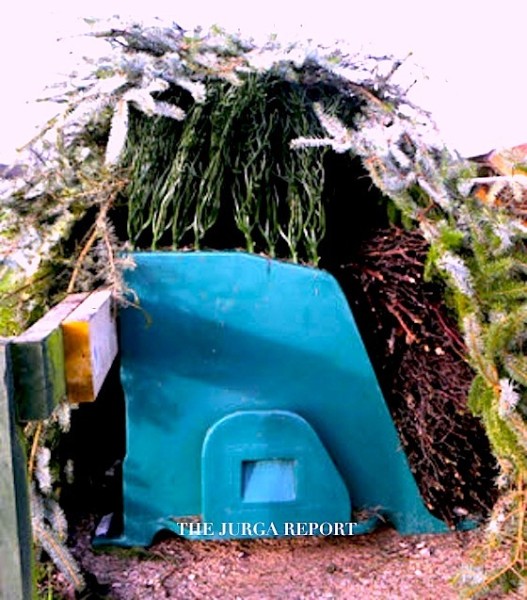[VIDEOSINGLE type=”youtube” keyid=”x6QkKH-rARE”, width=”560″, height=”344″]
Watch this news video from Great Britain today about changes to the Grand National for 2013.
It’s a sure sign of spring when we start hearing about England’s Grand National steeplechase. Alternately known as the most exciting, most grueling and most cruel race of its kind in the world, the race is often remembered as much for how many horses died on course or from injuries, as for who won.
As the Sky News video relates, the debate is heating up early this year, as authorities like World Horse Welfare’s Roly Owers check in with comments about efforts to improve safety for the race, which will be run on April 6, 2013.
Immortalized in fiction by mystery writer Dick Francis (who actually rode in the race), and the heroics of child rider Elizabeth Taylor and Pie in Enid Bagnold’s?National Velvet, the Grand National is a lightning rod for controversy each time it rolls around. Its status in the racing world towers over other races from the height that we can only imagine the riders attain when clearing The Chair or Bechers Brook.
[VIDEOSINGLE type=”youtube” keyid=”6SUCvrzdILE”, width=”560″, height=”344″]
Mystery author Dick Francis was aboard Devon Loch in 1956 for one of the most spectacularly unsuccessful finishes ever–of any race.
Every year, the haters make their pitch to end it. Every year, the lovers assure that it will go on. The survival of the race seems to mimic the amazing horses that manage to jump their way around Liverpool’s Aintree Racecourse for four miles of the highest, widest jumps you can imagine–while doing so in a gang of as many as 40 horses, with many falling beside or ahead of you.
Still, the pressure is on and this year Aintree has announced that the jumps have been retrofitted with plastic underpinnings that will be invisible to spectators. Instead of wooden stakes under layers of spruce boughs, the jumps will have plastic cores fitted with “plastic” birch boughs. Spruce will cover it all. Stakes have been removed.
The Jurga Report interviewed the media-shy Irish manufacturer of the plastic cores and boughs, who wished not to be quoted, but did provide a photo and the clarification that, obviously, the ditches have no plastic in them. He said he is not manufacturing obstacles for the sport of eventing; the FEI and individual national organizations have delved deeply into safety issues for jumping horses on cross-country courses, with many changes in the jumps in that sport, as well.

It seems fitting that on this day in 1839, the first Grand National was run. The winner was a horse named Lottery. During the race, Captain Becher fell into the brook; that brook and the obstacle that towers above it were named for him and are among the most dangerous places to be a horse in the world. This year, however, the jump will have plastic innards, and the landing has been raised so the horses do not drop as far beneath the level of the takeoff.
The race’s lovers and haters have 36 days to argue about how and if this safety rehab will make a difference. Then it is all up to the horses and riders, just as it always has been.








